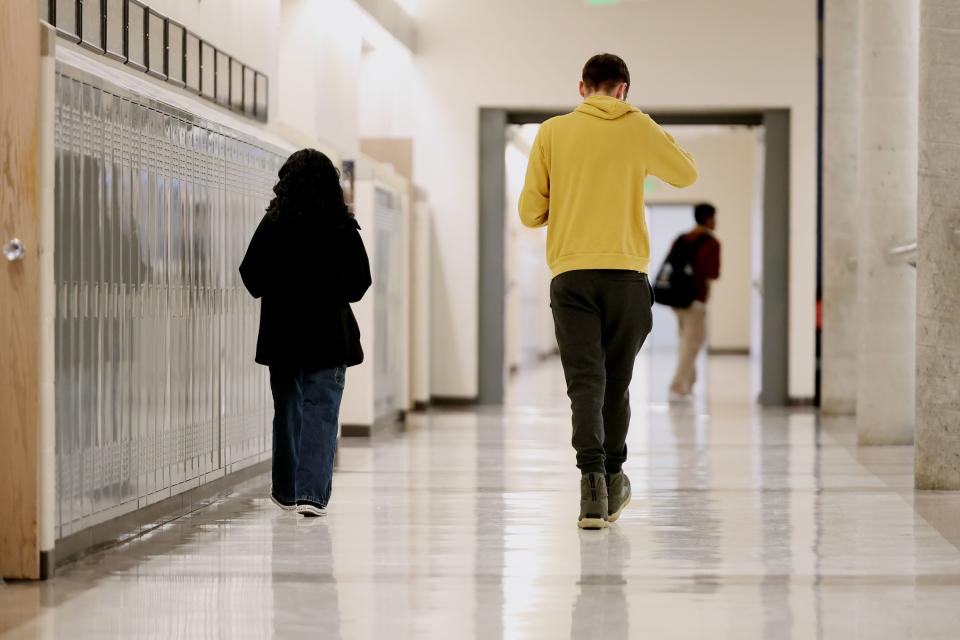Can AI help make Utah schools safer?
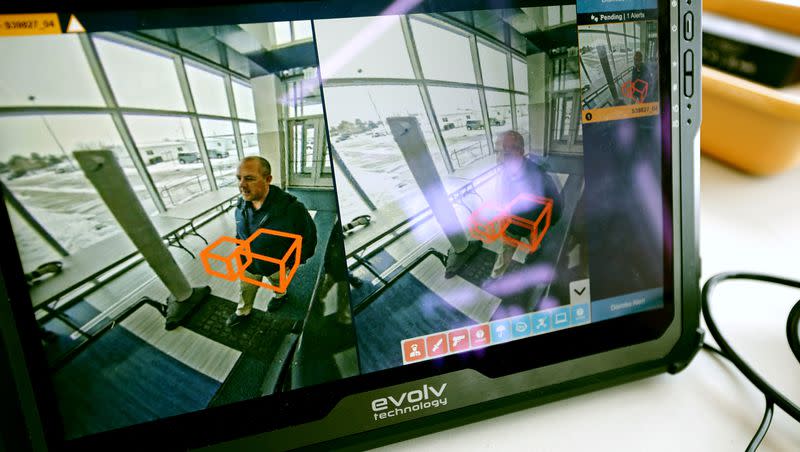
As students filter into Hunter High School, they pass through towers inside the school entrance.
They are unobtrusive, and students likely don’t pay much attention to them as they head to their classes or rush to greet their friends.
The weapons detection system, which uses artificial intelligence software along with video surveillance and other sensor technology to detect weapons, is part of the multilayered strategy the Granite School District is employing to enhance school safety and mitigate the impacts of an active shooter incident.
The school district introduced the technology to the West Valley City school community in February and it went live with the start of the final school term, which began April 3, said Ben Horsley, Granite District’s communications and community outreach director.
Granite is in a “unique situation apart from most of our other counterparts throughout the state. We serve some of the highest crime areas in the state and we’ve seen the highest increase of weapons on campuses since COVID,” he said.
In past years, one or two weapons were brought onto school campuses. Last year there were 17, and so far this year there have been 16, he said.
“That’s untenable. We need help. We need state support on that,” Horsley said.
Utah lawmakers passed a suite of bills during the 2023 session that take an array of approaches intended to improve school safety.
HB61, sponsored by Rep. Ryan Wilcox, R-Ogden, will provide $75 million in grant funding to hire more school resource officers, train school safety specialists and install firearm detection software like what Granite School District is piloting, among other uses.
It would take $12 million alone to equip each of the district’s high schools, Horsley said.
“School hardening” needs are significant and vary greatly across the state. While some schools are employing high-tech measures, “there are schools that don’t have working intercoms or interior door locks. Can you imagine being a principal and not being able to go into lockdown with an intercom system?” said Rhett Larsen, school safety specialist for the Utah State Board of Education.
House Majority Leader Mike Schultz, R-Hooper, in a press release issued in the wake of a recent spate of school shooting threats against multiple high schools from Box Elder to Washington counties, observed, “We are deeply fortunate that Utah has not experienced a mass school shooting, and while we hope to never fall victim to such a tragedy, we cannot assume it will never happen here.”
The threats, which also affected schools in several other states, were unfounded.
So far this school year there have been 13 school shootings nationwide that have resulted in injuries or deaths, according to Education Week’s school shooting tracker. Last year, there were 51, the highest number since the publication began tracking these incidents in 2018.
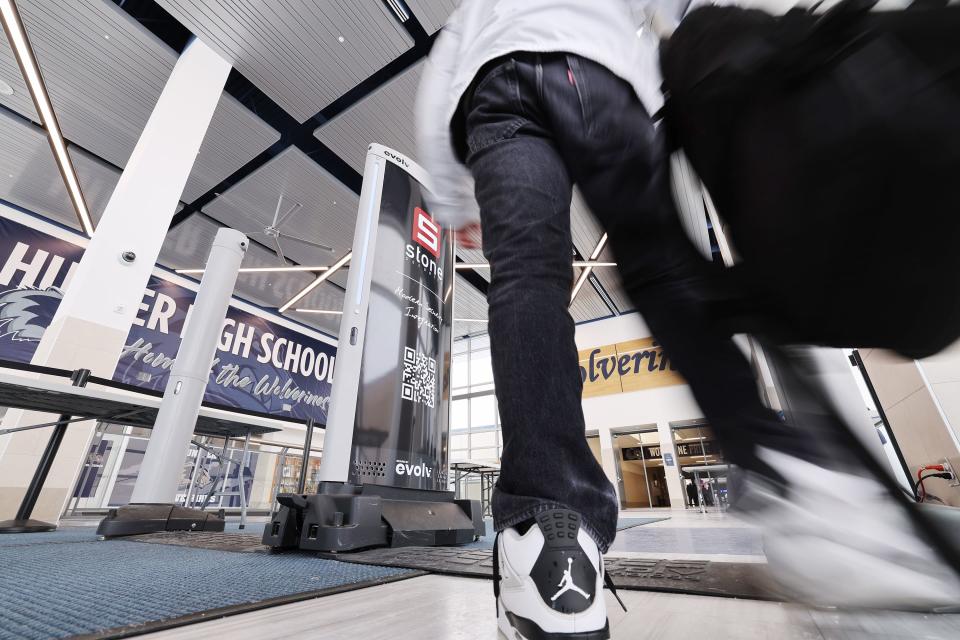
In an effort to bolster school safety, Utah lawmakers took a wide array of approaches in legislation passed during the 2023 Legislature. One bill requires improved reporting when students bring weapons to school. Another new law will waive the fees for teachers who seek concealed carry permits.
Under HB61, all schools will have a trained school safety specialist.
Another bill calls for age- and developmentally-appropriate emergency response drills.
Still another seeks to strengthen mental health screenings for students and connect them with appropriate resources — both with parental permission.
Related
Here’s what these state lawmakers propose to improve school safety in Utah
How Utah schools are handling the TikTok school shooting threat
Larsen said he welcomes the new safety measures resulting from recently passed legislation.
“I think it will help us to have common language and create this baseline of safety in our state where we’re all moving together. That’s something that we know in school safety is we all have to be working together. We can’t have these siloed effects. We need to learn with and from other states,” Larsen said.
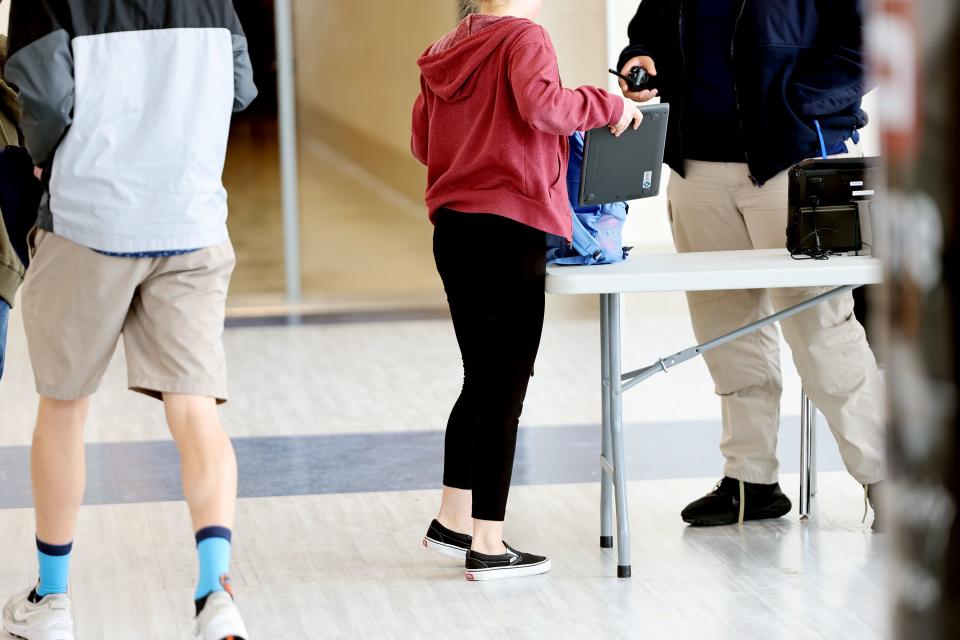
There will be lessons learned from the school, law enforcement and community response to the recent school shooting in Nashville, Tennessee, in which three 9-year-old students and three staff members were shot and killed by a former student, he said.
There is also valuable information to be gleaned from the recent school shooting at Denver’s East High School, in which two school deans were shot by a 17-year-old student who was patted down each morning as part of a safety plan following previous behavioral issues, police said. The two deans were injured, one seriously, and the shooter took his life later that day in a nearby county.
Under HB304, sponsored by Rep. Karianne Lisonbee, R-Clearfield, Utah schools will be required to develop school reintegration plans for minors alleged to have committed violent felony offenses or weapons offenses.
Meanwhile, Utah schools will continue to refine existing practices and encourage students to report tips of threats to educators and other school employees or by using the SafeUT app, a crisis chat line that provides real time interventions for students, parents/guardians and educators. The app also connects users with licensed mental health professionals.
The app provides valuable information to schools, but investigating tips to determine whether they are founded can consume a lot of administrative and law enforcement time.
Sara Weber, spokeswoman for Huntsman Mental Health Institute, said SafeUT staff members assess, triage and gather as much information as possible through tips before forwarding them to the schools for further investigation.
“While some tips end up being false reports, many end up being credible. False reports are a serious misuse of emergency services and SafeUT supports schools holding individuals accountable for any intentional misuse,” Weber said.
Granite District’s Horsley said administrators and police officers are usually able to quickly determine whether a threat is founded.
“It’s still a tremendous use of our resources,” he said. “On average, our assistant principals are spending about half of their time dealing with issues related to social media and particularly fake threats.”
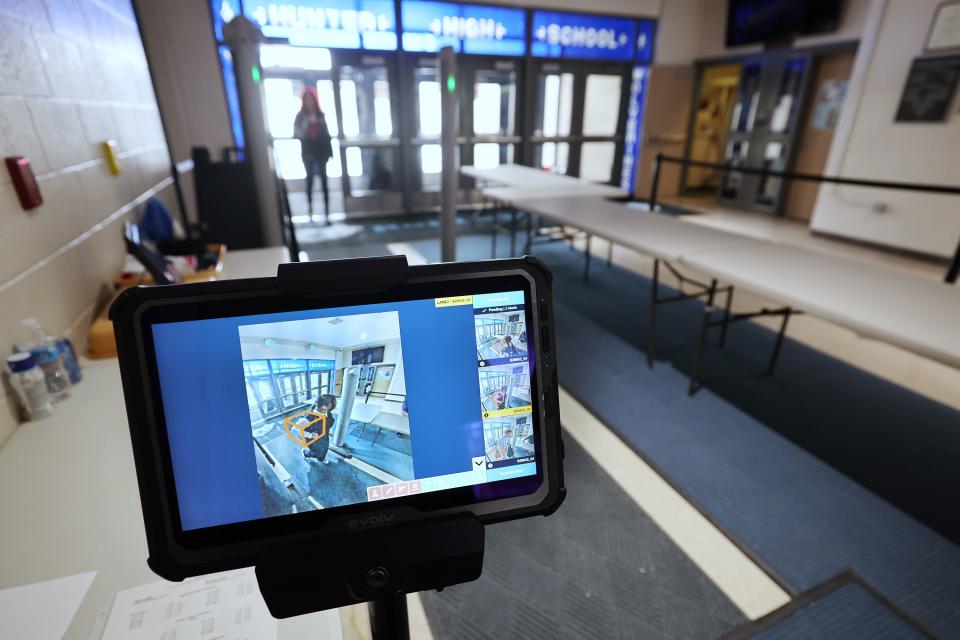
Related
Most threats are posed via social media, so educators are grateful for a new law intended to limit minors’ access to social media, he said. The statute will require parental consent for minors to use apps like TikTok and Instagram and require social media companies to verify users’ ages.
“At the end of the day, parents do not know and understand how to monitor their child’s social media, and they’re still allowing them access. This is where 99% of these threats come through, social media,” Horsley said.
Larsen said school safety prevention and response is multipronged. Just as schools need safety features and regular drills so staff and students know what to do in a school shooting or other event, schools also need to cultivate school climates that give students a sense of belonging and help them access school-based or community resources when they are struggling.
“I worry, and I hope we never have a mass school shooting. I think we all hope that that never happens. I think it’s a fear of all of ours. But we just need to continue to look at what research tells us and where are we in ‘test, measure and adjust’ with school safety,” Larsen said.
